Sport has undoubtedly changed over the last fifty years. With advances in sport and exercise science and increased professionalisation, training practices have certainly progressed, yet injury remains an inherent risk of participation in sport. So how has the treatment of sport injuries changed? Has it evolved from the stereotypical image of the physio running onto the pitch with his/her magic wet sponge?!
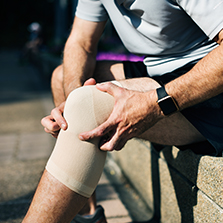 One of the biggest changes that has occurred in the treatment of sport injury is the shift from a biomedical to a biopsychosocial approach. Back in 1969 the biomedical approach, which only considers the physiological aspects of injury was dominant, whereas now fifty years later there has been a shift towards the adoption of a biopsychosocial approach (Green, Jackson, & Klaber Moffett, 2008). As its name suggests the biopsychosocial approach takes a more holistic view of sport injury considering the physiological, psychological and sociological aspects of injury and their interaction (Alonso, 2004). This approach recognises that it is not just physiological treatment that happens in the treatment room. A sports medicine professional, such as a physiotherapist, for example might take the sociological cause of an injury (e.g. an overuse injury caused by a ‘no pain no gain’ culture), the physical consequences of that injury (e.g. restricted movement) and the psychological impact of the injury (e.g. anxiety and frustration) into account when developing a treatment programme.
One of the biggest changes that has occurred in the treatment of sport injury is the shift from a biomedical to a biopsychosocial approach. Back in 1969 the biomedical approach, which only considers the physiological aspects of injury was dominant, whereas now fifty years later there has been a shift towards the adoption of a biopsychosocial approach (Green, Jackson, & Klaber Moffett, 2008). As its name suggests the biopsychosocial approach takes a more holistic view of sport injury considering the physiological, psychological and sociological aspects of injury and their interaction (Alonso, 2004). This approach recognises that it is not just physiological treatment that happens in the treatment room. A sports medicine professional, such as a physiotherapist, for example might take the sociological cause of an injury (e.g. an overuse injury caused by a ‘no pain no gain’ culture), the physical consequences of that injury (e.g. restricted movement) and the psychological impact of the injury (e.g. anxiety and frustration) into account when developing a treatment programme.
Stress leads to injuries
The biopsychosocial approach has led to a development in the understanding of important areas such as the psychological aspects of sport injury. This is a field of study that didn’t really exist fifty years ago and has only emerged as a distinct area in recent years. Thanks to the development of this field it is now well recognised that psychological factors can both increase the risk of injury and influence rehabilitation from injury. For example, it is now accepted stress can significantly increase an individual’s risk of developing a sport injury through mechanisms such as increased muscle tension and impaired concentration, whilst the occurrence of an injury can lead to several negative psychological responses such as anger, frustration, depression and anxiety. If not addressed these responses can impact on the individual’s recovery and rehabilitation. In the example below footballer Danny Rose indicates how his feelings of anger and depression following a serious knee injury impacted on his motivation to engage with and adhere to rehabilitation sessions, which could directly affect his recovery.
“I was getting very angry, very easily. I didn’t want to go into football, I didn’t want to do my rehab, I was snapping when I got home; friends were asking me to do things and I wouldn’t want to go out, and I would come home and go straight to bed.”
Danny Rose (Kelner, 2018)
Given these psychological aspects of sport injury it is not uncommon for sport psychologists to be involved in the injured athlete’s rehabilitation. It is not just sport psychologists that have joined the rehabilitation team. In the past the team wouldn’t stretch far beyond the physiotherapist, but increasingly injured athletes are being treated by multidisciplinary teams that can include various professionals such nutritionists, psychologists, strength and conditioning coaches, sports therapists, biomechanists, sports massage therapists and physiologists (Clement & Arvinen-Barrow, 2013).
The beginning of professional careers
As well as there being a rise in multidisciplinary teams supporting the injured athlete, the opportunity to work in sports injury related roles has increased dramatically over the years. Fifty years ago there were only a limited number of sports in which you could work in a full-time sports medicine related role (e.g. physiotherapist) in the UK, but now due to increased professionalisation in sport and lottery funding there are more opportunities. Additionally, there has been an increase in the range of careers available. Previously roles such as sports therapist, sports massage therapist and sports rehabilitator didn’t really exist. Degree courses in these areas are a relatively new phenomena but are now fairly widespread. For example, the UCAS website indicates that there are 208 sports therapy courses available at 75 institutions in the UK for 2019/20 (UCAS, 2019).
 So, the opportunities to work with injured athletes have increased over the last fifty years, but has the work itself changed? In addition to the move towards a more biopsychosocial approach to injury there has also been a change in the focus of professionals such as physiotherapists working in sport from treatment to both treatment and prevention of sports injury. Additionally, increased research in sports medicine and sport and exercise science has allowed training and sports medicine practices to develop, and the modern-day sports medicine professional has a wealth of treatment options and modalities to choose from – far more than were previously available.
So, the opportunities to work with injured athletes have increased over the last fifty years, but has the work itself changed? In addition to the move towards a more biopsychosocial approach to injury there has also been a change in the focus of professionals such as physiotherapists working in sport from treatment to both treatment and prevention of sports injury. Additionally, increased research in sports medicine and sport and exercise science has allowed training and sports medicine practices to develop, and the modern-day sports medicine professional has a wealth of treatment options and modalities to choose from – far more than were previously available.
The advances are too numerous to discuss in detail in this article but treatments such as shockwave therapy (Mani-Babu, Morrissey, Waugh, Screen, & Barton, 2015) and kinesiology tape (Montalvo, Cara, & Myer, 2014) for example were certainly not in common use fifty years ago.
Conclusion
The last fifty years has seen a transformation in sports medicine and the care received by injured athletes. The increased professionalisation of sport and lottery funding in the UK has led to more opportunities for people to work in the field, advancements in treatment modalities and greater understanding of sports injuries from a biopsychosocial perspective. What will the next fifty years bring?
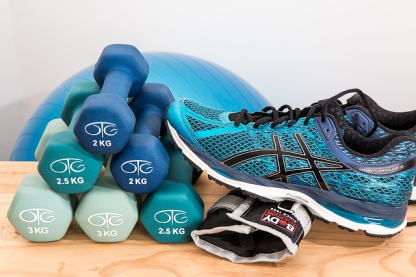

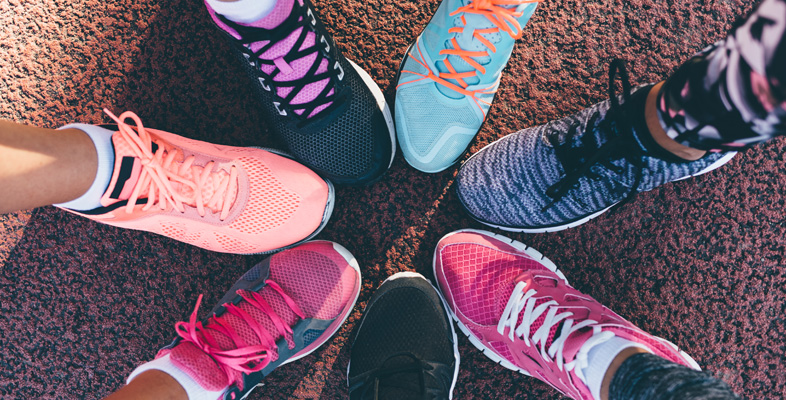
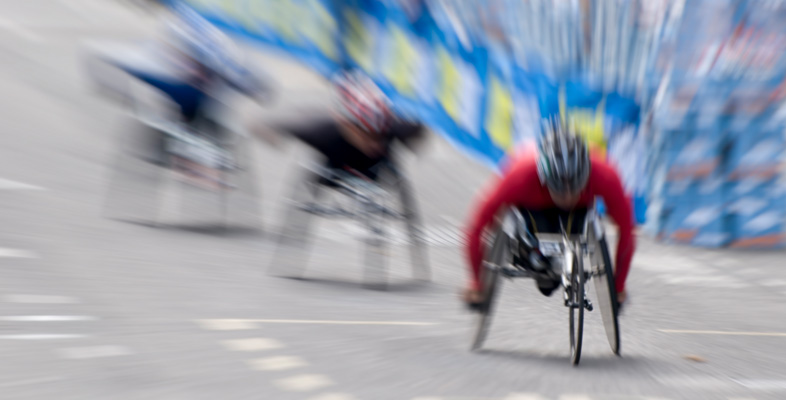

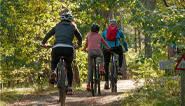
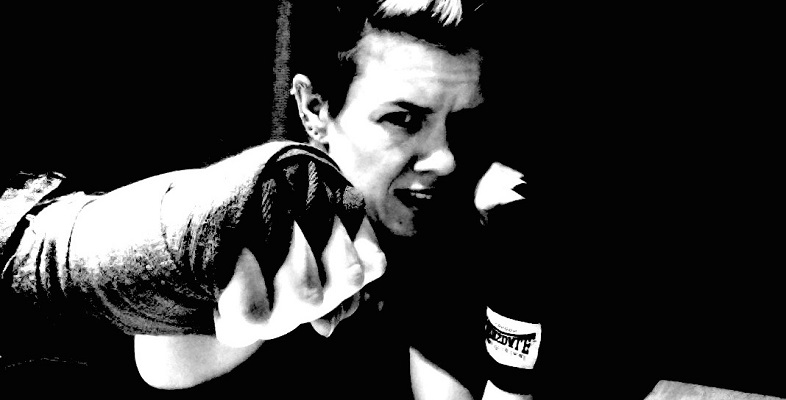
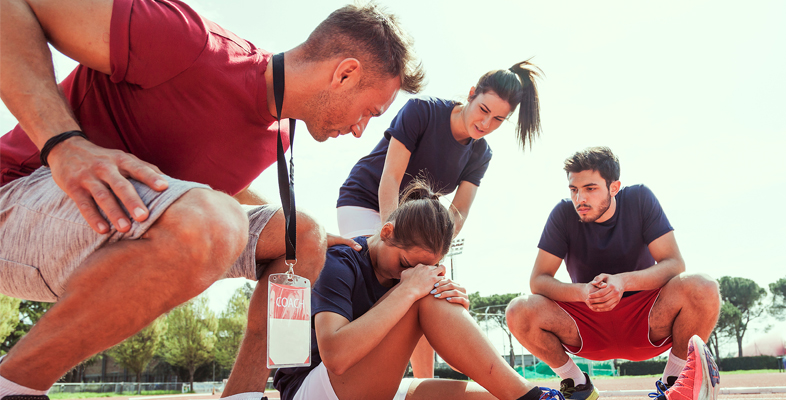
Rate and Review
Rate this article
Review this article
Log into OpenLearn to leave reviews and join in the conversation.
Article reviews